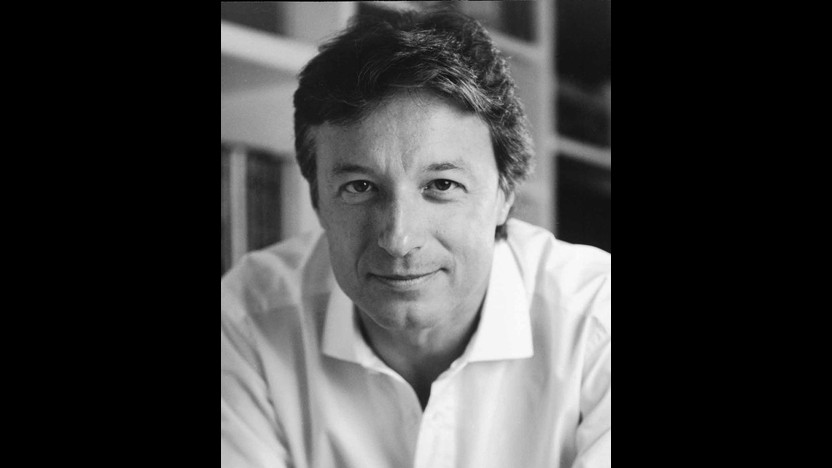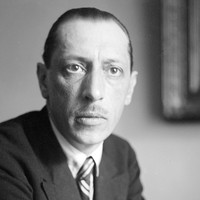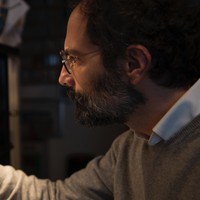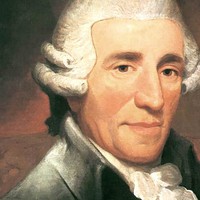Haydn and Stravinsky


 Listen to Audio
Listen to Audio
By the time the world warmed up to the primitive force of Igor Stravinsky’s early masterpieces for the Ballets Russes (The Firebird, Petrushka and The Rite of Spring), the composer had already left Russia behind and moved on to more austere subjects and a neoclassical style. One area of sustained focus was ancient Greece and Rome, first in Oedipus Rex (1927) and continuing in the ballets Apollon musagète (1928), Persephone (1934), Orpheus (1947) and Agon (1957).
The commission for Apollon musagète (later shortened to Apollo) came from the American patron Elizabeth Sprague Coolidge, who asked Stravinsky to create a work for the 500-seat theater she had spearheaded at the Library of Congress in Washington, DC. There was room for only a small cast of dancers and musicians, which led Stravinsky to create a scenario for Apollo and three muses (out of the original nine) and a sparse accompaniment of strings. The ballet premiered on April 27, 1928, with choreography by a Ballets Russes alumnus, Adolf Bolm.
In Greek mythology, the god Apollo is associated with light and truth, as well as music and poetry, and the term Apollonian has come to describe art that exhibits order, balance, clarity and precision. When Stravinsky first played a piano transcription for Serge Diaghilev, the impresario behind the Ballets Russes immediately recognized the music’s Apollonian brilliance: “It is, of course, an amazing work, extraordinarily calm and with greater clarity than anything [Stravinsky] has done,” Diaghilev wrote to his partner. “Filigree counterpoint around transparent, clear-cut themes, … music not of this world, but from somewhere above.”
Aaron Grad ©2024
 Listen to Audio
Listen to Audio
Composer’s Note:
The score is inspired by the urban gardens that are becoming a new, exciting presence in our cities. In such a setting I imagined the piano as an urban memory and the orchestra as a green, vegetal presence that surrounds it. Doing that, I created in my mind three special places to develop the different movements of the score.
The first is indeed ideally On a Concert Hall Rooftop: some echoes of great piano concertos of the past—not their actual notes, rhythms, or sounds but just faint memories of them—come to visit the piano part, whereas the orchestra is agitated by the pressure of plants that are growing up, seeds that are unfolding, and vegetables that are expanding.
The second movement is imagined In a Jazz Club Courtyard, where the piano, for most of the section, is surrounded just by winds, brass, and percussion instruments. There is something connected to a blues-style ballad, in the main theme, but some other different elements are part of the movement, from a dramatic climax to a variation where the piano part is written in a toccata style. The peculiar ability of jazz to devour and transform everything is evoked in the final section, where the strings, too, become part of the game: the piano presents some micro-quotes of classical repertoire in a jazz style and the dialog between the two worlds is strongly underlined.
The third movement hails from an urban garden created On a Studio Terrace and the general form, the musical materials, and some specific orchestral solutions are connected to the job of recording and editing in a studio. Probably our imaginary plants are now big and strong, because their sound is full of energy and rhythm, and if you think you’re listening to a tomato or to some string beans ready to be picked, you’re not completely wrong.
Nicola Campogrande ©2012

When the principal second violinist of the Esterházy Orchestra, Johann Tost, made plans to start a music distribution enterprise in Paris, Haydn offered him two new symphonies plus a dozen string quartets to resell. Tost, alas, was a bit of a scoundrel; he tried to pass off a symphony by Adalbert Gyrowetz as a third work by Haydn, and he was later implicated in a scheme to pirate, behind the composer’s back, Haydn’s manuscripts held in the Esterházy collection.
The Symphony No. 88 exhibits grandeur and breadth to match the preceding “Paris” symphonies. As in most of Haydn’s late symphonies, a slow introduction sets the stage; here, the dotted rhythms (a short-long pattern) of the opening chords suggest the character of French overtures from an earlier era. In the Allegro body of the movement, the violins begin with a figure suggestive of hunting horns, establishing material that lends the movement an al fresco air.
The Largo second movement, constructed as a theme with variations, holds the biggest surprise of this symphony. The opening statement, featuring solo oboe and cello, establishes a chamber-music intimacy. Then, forty measures into the movement, a fortissimo entrance by the entire ensemble adds the piercing force of two trumpets and timpani, whose absence in the first movement makes this point of arrival all the more thrilling.
The Menuetto also holds back a surprise. To complement the boisterous dance music of the main section, the contrasting trio introduces a rustic, droning texture, which supports exotic melodies in unusual modes. Closing the symphony on a high note, the finale hardly ceases its bouncing eighth-note pulse, and even its minor-key episodes exude buoyant charm.
Aaron Grad ©2012
This concert has been canceled. Find more information on our concert cancellation page.
Get driving directions and find nearby parking.
Find dining options close to the venue.
View seating charts to find out where you'll be seating.
Get driving directions and find nearby parking.
Find dining options close to the venue.
View seating charts to find out where you'll be seating.
